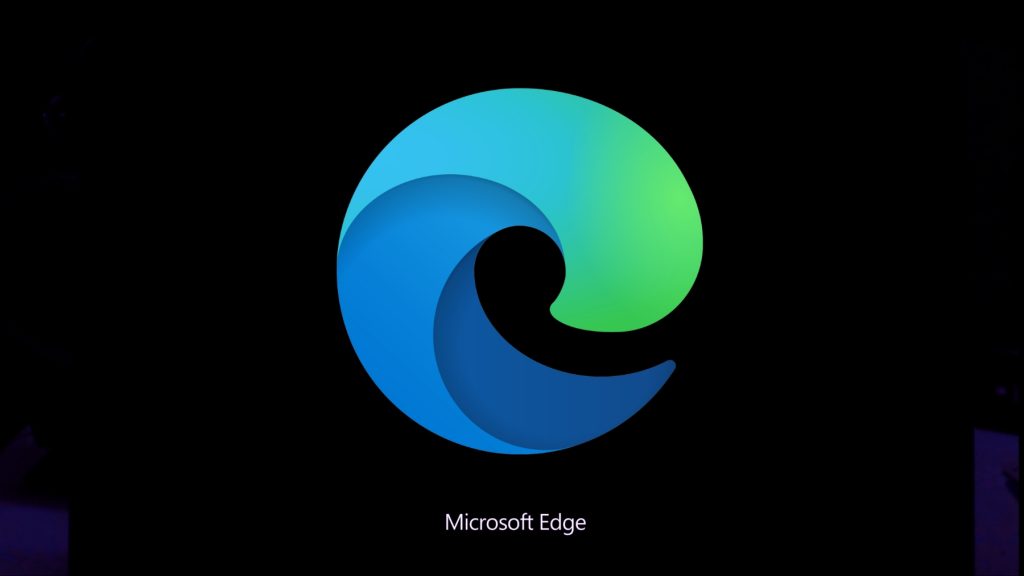
In November 2024, Microsoft pursued many strategies to get windows users to switch to its Edge browser. Microsoft forcing Edge tactics didn’t work and the company is still finding new ways to push it.
Microsoft Edge’s new update enables automatic launch at PC startup, encouraging users to import data from their current browser, including history, bookmarks, and open tabs. Such tactics have previously drawn criticism, yet Microsoft continues to be consistent in its effort to force Edge as default browser for Windows users.
New Update of Microsoft Edge
Richard Lawler of The Verge reported a new prompt in Microsoft Edge offering users the option to regularly import data from other browsers, including Chrome, Firefox, and Safari on Mac devices.
The notification displays a prominent button that says, “confirm and continue,” with the box pre-checked to import data automatically. Users who click “confirm” may unknowingly get forced to use Microsoft edge to draw off their browsing history, bookmarks, even if Edge is not set as the default.
Microsoft’s explanation was that they are putting effort to help users “easily transfer their browsing data” and “enhance their experience” by bringing data over from other browsers. Microsoft representative, Caitlin Roulston, clarified that the prompts are optional and users can choose whether to import their data or not.
Edge Forced as Default Browser on Windows
Microsoft forcing Edge browser as the default remains unmet despite heavy promotion. Over the years, Microsoft has used various methods to steer Windows users toward Edge, sometimes crossing controversial ground.
In 2021, Microsoft made changing the default browser from Edge without navigating through a complex process.
Microsoft forcing Edge included displaying pop-ups within Edge when users visit the Chrome download page, urging them to stick with Microsoft’s own browser.
Even more persistently, the company has inserted promotional banners in the Chrome download page, claiming “Microsoft Edge runs on the same technology as Chrome, with the added trust of Microsoft.”
Despite these efforts, Edge has not gained a significant share of the browser market compared to Chrome and Firefox.
To block forced Microsoft edge updates, users have turned to tools like MSEdgeRedirect and EdgeDeflector to redirect Edge-specific links to their preferred browsers. However, Microsoft has actively blocked these third-party methods, making it more difficult to avoid using Edge.
Edge, built on Chromium engine like Google Chrome, integrates features such as Bing search, Cortana, and other Windows elements for a unique experience. Yet, Chrome remains the dominant browser globally, with Firefox and Safari trailing as competition.
Should You Be Concerned?
Microsoft forcing Edge usage may feel invasive to some, especially if you prefer another browser like Chrome. While the data migration option is presented as a helpful tool, it may lead to confusion if users do not have knowledge on how it may impact their browser experience.
Users can manually delete Edge or choose to set their default browser to something else, though, as many users have found, Microsoft’s persistence can sometimes make these tasks more difficult than expected.
Microsoft’s new push for Edge on Windows users competes directly with other browsers, with its success largely hinging on user response to the automatic data import feature.
If you’re not an Edge fan, it’s a good time to check your browser settings to keep your data where you prefer.
Inside Telecom provides you with an extensive list of content covering all aspects of the tech industry. Keep an eye on our Tech sections to stay informed and up-to-date with our daily articles.